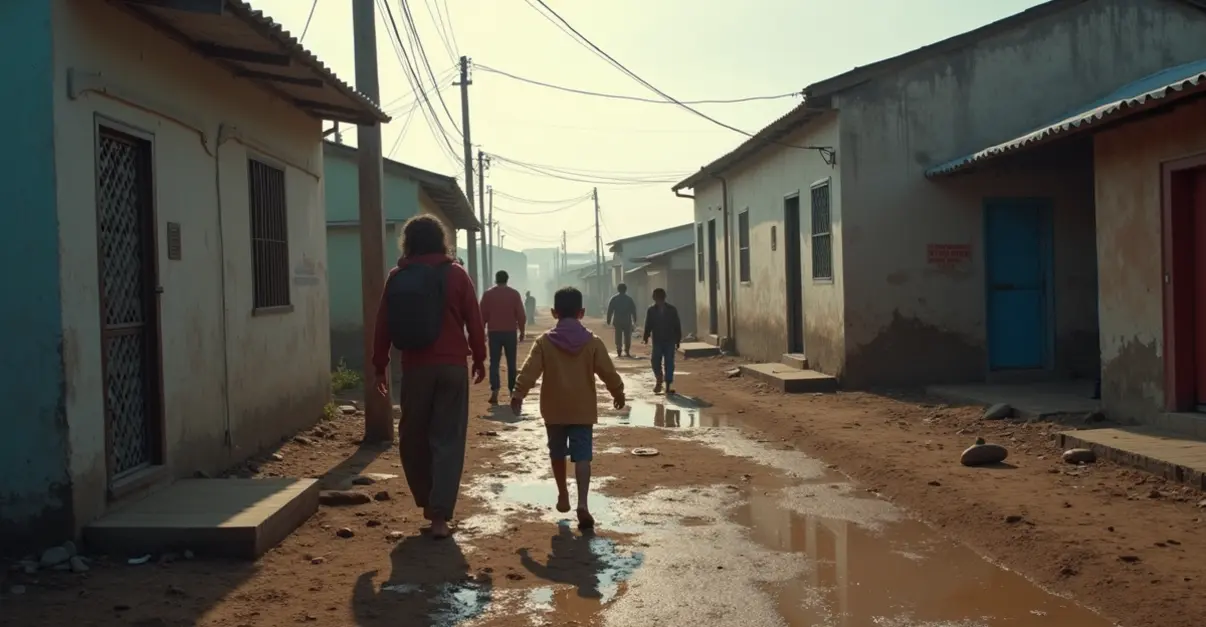Climate migration policy requires integrated national strategies, urban hosting solutions, and international cooperation to protect displaced populations. With 200+ million projected climate migrants by 2050, cities face housing and infrastructure challenges while legal gaps leave millions unprotected.

The Growing Crisis of Climate Migration
Climate migration is emerging as one of the most pressing global challenges of our time, with projections indicating that over 200 million people could be displaced by climate-related disasters by 2050. According to the United Nations High Commissioner for Refugees, an average of 20 million people are forcibly displaced by weather-related events annually. This silent crisis disproportionately affects marginalized populations in climate-vulnerable regions, creating complex geopolitical challenges that demand immediate policy responses.
National Strategies for Climate Displacement
Countries worldwide are developing comprehensive national strategies to address climate-induced displacement. The UN Environment Programme emphasizes the urgent need to integrate displaced populations into national climate policies, particularly in low and middle-income countries that host 75% of displaced people globally. "We're seeing a fundamental shift in how nations approach climate migration - from reactive emergency responses to proactive, integrated planning," says Dr. Maria Rodriguez, a climate policy expert at the International Organization for Migration.
Recent research published in Natural Hazards reveals significant gaps in U.S. urban emergency planning for climate migrants. The study identifies three critical policy recommendations: standardized frameworks for housing displaced populations, improved coordination between emergency management and urban planning authorities, and equity-focused strategies to enhance urban resilience.
Urban Hosting Challenges and Solutions
Cities are at the front lines of climate migration, facing unprecedented challenges in accommodating displaced populations. A recent analysis of urban climate adaptation frameworks highlights three major deficiencies: sectoral disconnection between environmental and migration agencies, jurisdictional fragmentation across governance levels, and limited stakeholder engagement with migrant communities.
"Cities are becoming laboratories for climate migration solutions, but we need better coordination between climate action plans and migration policies," notes urban planning specialist James Chen. "The current approach treats these as separate issues when they're fundamentally interconnected."
Pioneering cities are developing integrated approaches that address housing, infrastructure, and social services for climate migrants. These initiatives include climate-resilient urban planning, migrant-inclusive public services, and community-based adaptation programs that engage displaced populations in decision-making processes.
International Cooperation and Legal Frameworks
The international community is grappling with the legal and policy gaps in protecting climate migrants. Current frameworks, including the 1951 Refugee Convention, fail to recognize climate-related displacement as grounds for refugee status, leaving millions without adequate legal protections.
The upcoming COP30 high-level event on "Health, Migration and Displacement in a Changing Climate" aims to address these gaps by examining climate-related mobility's implications for health equity and preparedness. The event will draw on the latest WHO Global Evidence Review to outline practical pathways for developing migrant-inclusive, climate-resilient systems.
"We need binding international agreements that recognize climate displacement as a distinct legal category," argues human rights lawyer Amina Johnson. "The current patchwork of voluntary frameworks leaves vulnerable populations without adequate protection."
The Path Forward
Effective climate migration policy requires multi-level governance approaches that bridge national strategies, urban hosting capacities, and international cooperation. Key elements include:
• Mainstreaming migration considerations into climate and environmental policies
• Developing standardized frameworks for urban emergency planning
• Enhancing coordination between humanitarian, development, and climate sectors
• Creating legal protections for climate-displaced populations
• Investing in climate-resilient infrastructure in vulnerable regions
As climate impacts intensify, the need for comprehensive policy frameworks becomes increasingly urgent. The success of these efforts will depend on political will, adequate funding, and genuine collaboration between governments, international organizations, and affected communities.

 Nederlands
Nederlands
 English
English
 Deutsch
Deutsch
 Français
Français
 Español
Español
 Português
Português









